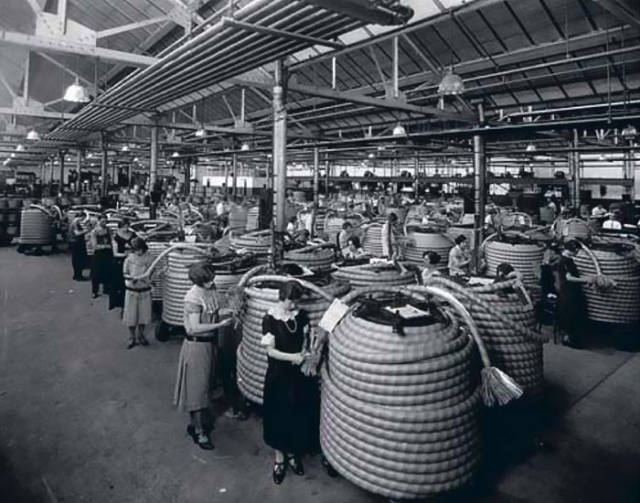Hawthorne Effect Experiment

The Hawthorne Effect came from a 1955 study conducted by Henry Landsberger.
The original purpose of the experiments was to study the effects of physical conditions on productivity. Two groups of workers in the Hawthorne factory were used as guinea pigs. One day the lighting in the work area for one group was improved dramatically while the other group's lighting remained unchanged. The researchers were surprised to find that the productivity of the more highly illuminated workers increased much more than that of the control group.
The employees' working conditions were changed in other ways too (their working hours, rest breaks and so on), and in all cases their productivity improved when a change was made. Indeed, their productivity even improved when the lights were dimmed again. By the time everything had been returned to the way it was before the changes had begun, productivity at the factory was at its highest level. Absenteeism had plummeted.
The experimenters concluded that it was not the changes in physical conditions that were affecting the workers' productivity. Rather, it was the fact that someone was actually concerned about their workplace and was observing them. The workers felt important because they were pleased to be singled out, and increased productivity as a result. This effect is a simple premise that human subjects in an experiment change their behavior simply because they are being studied.